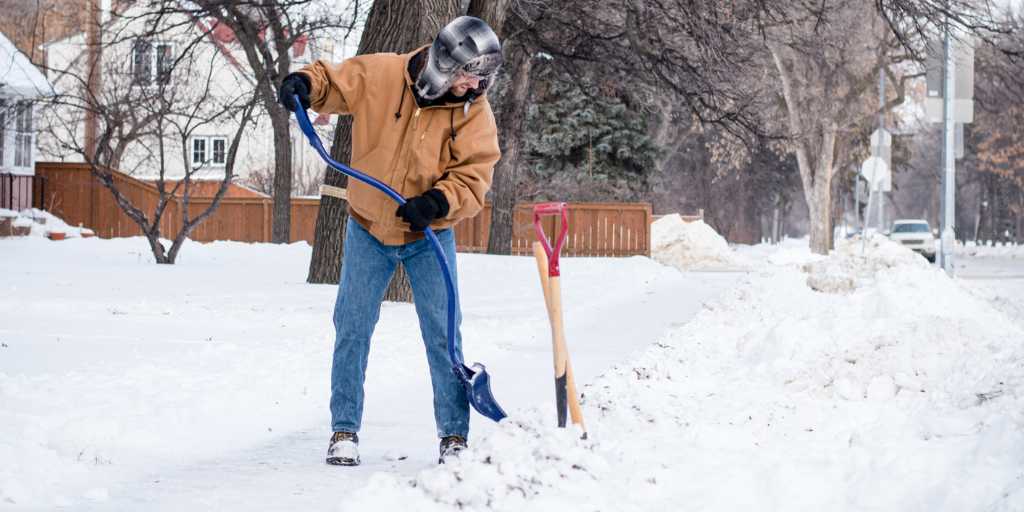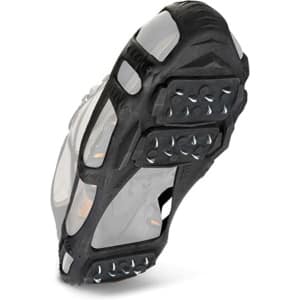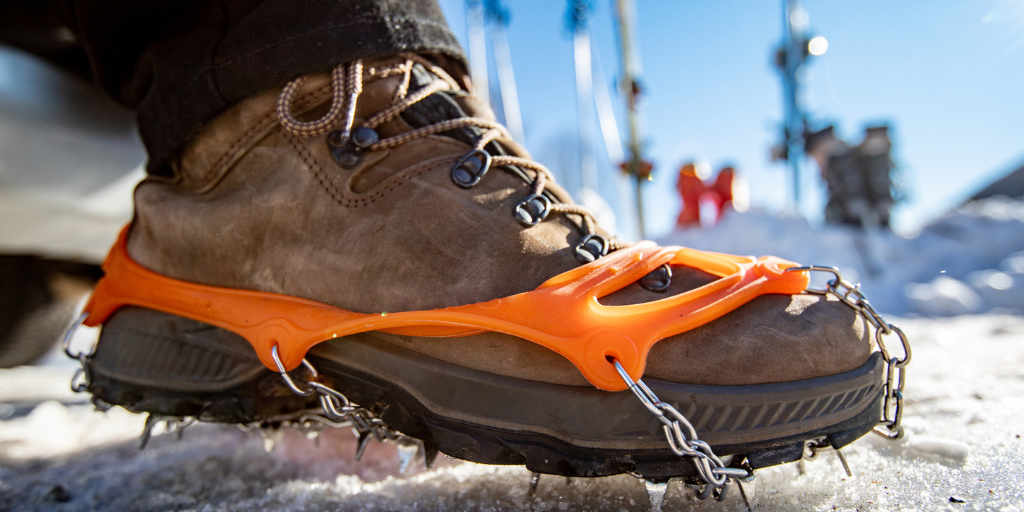Content provided by AAA’s Insurance Partner: MAPFRE Insurance
Winter is here. For homeowners, this means being prepared for the utmost extremes, both frightful & delightful
With beautiful blankets of white snow come picturesque landscapes, family sledding and, well, the threat of ice dams. Ice dams form when the roof over the attic gets warm enough to melt the underside of the layer of snow on the roof. Then, as the snow melts, water backs up pooling on the shingles and eventually finds its way into the home. Water damage from ice dams can be significant, damaging ceilings, walls, flooring and cabinetry and the cost of repair can run into the tens of thousands of dollars.
Home Partners suggests there is only way to cure and prevent an ice dam:
- Seal all points where warm air leaks from living spaces into spaces below the roof sheathing.
- Insulate the living spaces well enough to prevent heat from escaping.
- Vent the space between the insulation and roof sheathing so that any heat that does leak is carried away.

Frozen Sidewalks & Ice Removal
Frozen sidewalks are also a major hazard to your property and your guests. Most people know enough to remove any snow from the surface and spread rock salt or ice melt. But look to make sure you have a product that will not damage your driveway, stairs or walkway, and won’t harm your pets.
For thick ice or compacted snow:
- Use an ice chisel in the afternoon when it is a little warmer to break down and clear chunks of ice and snow.
- Throw more salt or ice melt down to take care of any little bits you may have missed, and to help keep new ice from forming.

Frozen Foot Traffic
- Wear proper footwear with visible treads
- Be wary of black ice, which may appear as wet pavement
- Walk steps slowly and grip handrails firmly
- Avoid shortcuts, as they are more likely to be where snow and ice removal is not possible

AAA Travel Store
Want to get a little extra grip in your step? Stop by your local AAA Travel Store and pick up a pair of Stabilicer traction devices. We also carry tire chains and snow socks!
Indoor Heating & Candle Safety
- Have a qualified professional install stationary space heating equipment
- Have equipment cleaned and inspected each year
- Keep anything that can burn at least three feet away from your furnace, fireplace, wood stove, or portable space heater
- Turn portable heaters off when leaving the room or going to bed
There are few things as tranquil, and beautiful as a candle burning inside as snow falls outside. But a candle is an open flame and should be treated as such. Candles cause an estimated 15,600 house fires, 150 deaths, and 1,270 injuries each year and 85 percent of candle fires could be avoided. Here are a few tips:
- Never leave a burning candle unattended.
- Keep candles away from anything that could catch fire.
- Make sure all candles are out of reach of children and pets.





